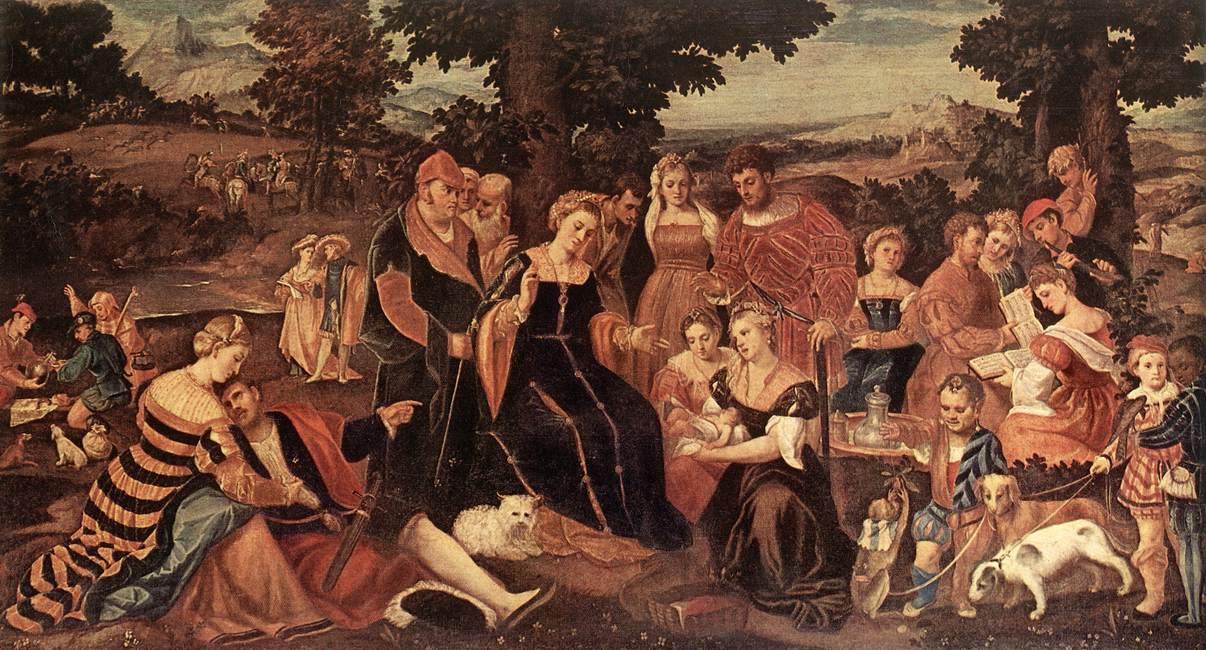Description
The painting "The Finding of Moses" by the artist Bonifacio Veronesa is an Italian Renaissance masterpiece that stands out for its impressive original size of 175 x 355 cm. The work was created in the 17th century and depicts the biblical story of the finding of Moses in the Nile River.
Veronesa's artistic style is characterized by her ability to create a dramatic and emotional atmosphere in her works. In "The Finding of Moses", you can appreciate the intensity of the scene in which Moses' mother places him in a basket in the river, while the Egyptian princess finds and adopts him.
The composition of the painting is impressive, with a large number of figures and details that intertwine in a complex but harmonious scene. The arrangement of characters and objects creates a sense of movement and depth, making the painting appear more realistic.
Color is another prominent aspect of "The Finding of Moses." Veronesa used a rich and varied palette of warm and cool tones to create a sense of light and shadow in the scene. The gold and red tones in the characters' clothing contrast with the blue and green tones of the river and landscape, creating a stunning visual effect.
The history of the painting is also fascinating. It was commissioned by Cardinal Pietro Ottoboni, who was a great admirer of Italian art and culture. The work was created to decorate the chapel of the Apostolic Palace in Rome, where it still stands today.
As for the lesser known aspects, it is known that Veronesa worked in collaboration with other artists to create the painting. One of these is believed to have been the famous Italian painter Giovanni Battista Gaulli, who helped Veronesa with the creation of some of the more intricate details of the work.
In short, "The Finding of Moses" is a stunning work of art that stands out for its artistic style, composition, color, and the story behind its creation. It is one of the most important paintings of the Italian Renaissance and remains a popular tourist attraction in Rome to this day.

